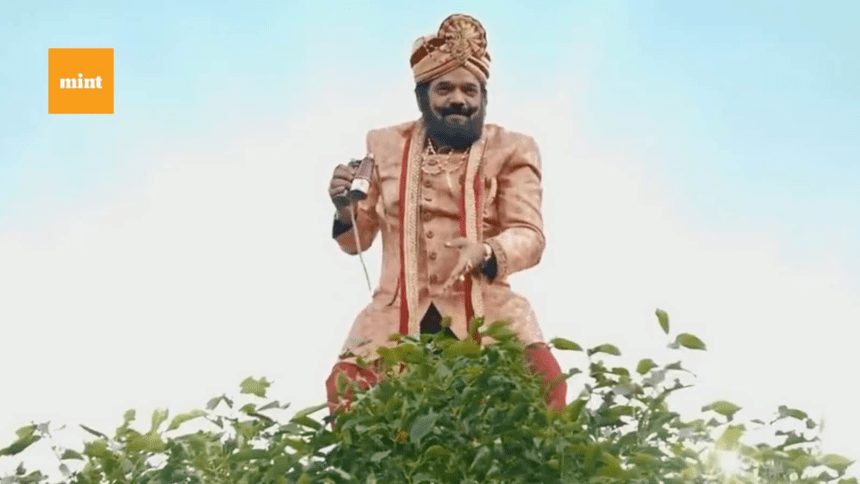The Aam Aadmi Party’s Satire: A Closer Look at the Upcoming Delhi Legislative Assembly Elections
As the political landscape in Delhi gears up for the upcoming Legislative Assembly elections on February 5, 2025, the Aam Aadmi Party (AAP) is employing creative strategies to engage the electorate. Recently, AAP released a satirical video featuring Home Minister Amit Shah, which has garnered significant attention and discussion around the Bharatiya Janata Party’s (BJP) lack of clarity on their chief ministerial candidate for the election.
The Viral Satire
The video, conceived as a spoof and reminiscent of a popular Red Bus advertisement featuring Bollywood actor Allu Arjun, places Amit Shah atop a tree in a comically desperate search for the BJP’s chief ministerial candidate. Shah’s humorous proclamation, “I am looking for BJP’s CM candidate for Delhi. I’m not finding one,” underscores AAP’s critique of the BJP’s inability to present a leader ahead of the elections. The post accompanying the video read, “Mota Bhai can’t find BJP’s groom even with binoculars,” combining humor with political commentary. This approach aligns with AAP’s frequent use of the hashtag #DulhaKaun, which translates to “Who is the groom?”—a satirical nod to the BJP’s elusive candidate.
Political Context
In light of the elections slated for February 2025, political parties are ramping up their campaigns. The BJP’s indecision about its chief ministerial candidate has provided an opening for AAP to position itself as a more stable alternative. As of now, there is speculation within political circles regarding Ramesh Bidhuri potentially being the BJP’s nominee. Bidhuri, known for his controversial remarks, was criticized by AAP leaders, including Delhi Chief Minister Atishi, for the alleged party strategy of promoting such a polarizing figure.
Atishi has publicly addressed these concerns, emphasizing how residents of Delhi could either choose AAP’s progressive leadership under Arvind Kejriwal or the abrasive approach associated with Bidhuri. The narrative thus constructed aims to frame the election as a choice between a "hardworking leader" and an "abusive candidate," appealing to voters’ preferences for civility and competence.
AAP’s Strategy and Voter Engagement
Engaging humor as a political tactic is not new, but AAP’s recent efforts reveal a strategic use of satire to bolster voter engagement and build a narrative that challenges the BJP’s credibility. By leveraging social media to propagate their satirical content, they are reaching a wide audience, particularly younger voters attuned to digital channels. The original viral video from 2017, which has amassed over 95 million views, is a testament to the effectiveness that creative media can have in shaping public opinion.
Furthermore, Atishi’s communication on platforms like X (formerly Twitter) highlights an attempt to connect directly with the electorate and share real-time updates about the political landscape, while ridiculing the opposition’s internal decisions.
Upcoming Elections: The Stakes for Both Parties
As we approach the February elections, the stakes are high for both AAP and BJP. For AAP, maintaining its hold over Delhi mandates showcasing strong leadership and effective governance, especially after a series of controversies and political challenges. On the other hand, the BJP has the opportunity to consolidate its position as a formidable opponent; the appointment and campaign strategy for Bidhuri will be crucial in influencing voter sentiment.
In conclusion, the Aam Aadmi Party’s use of satire and social media advocacy can be viewed as a strategic move to navigate the forthcoming electoral landscape, while the unfolding situation around the BJP’s candidate presents an intriguing political dilemma. With just a few months to go, both parties are expected to refine their strategies, engage voters, and shape their narratives as they head into an election that could significantly influence the future political dynamics of Delhi.










